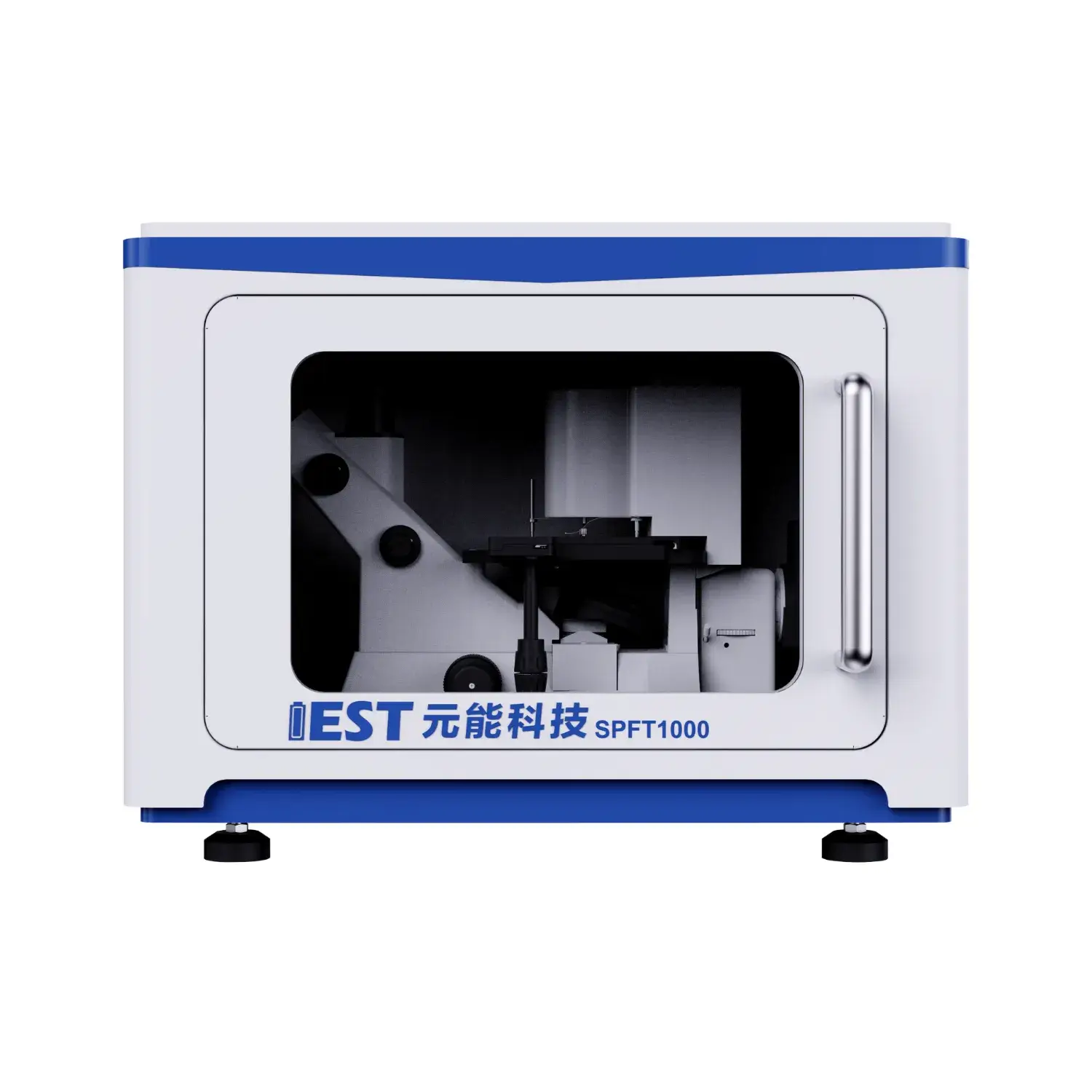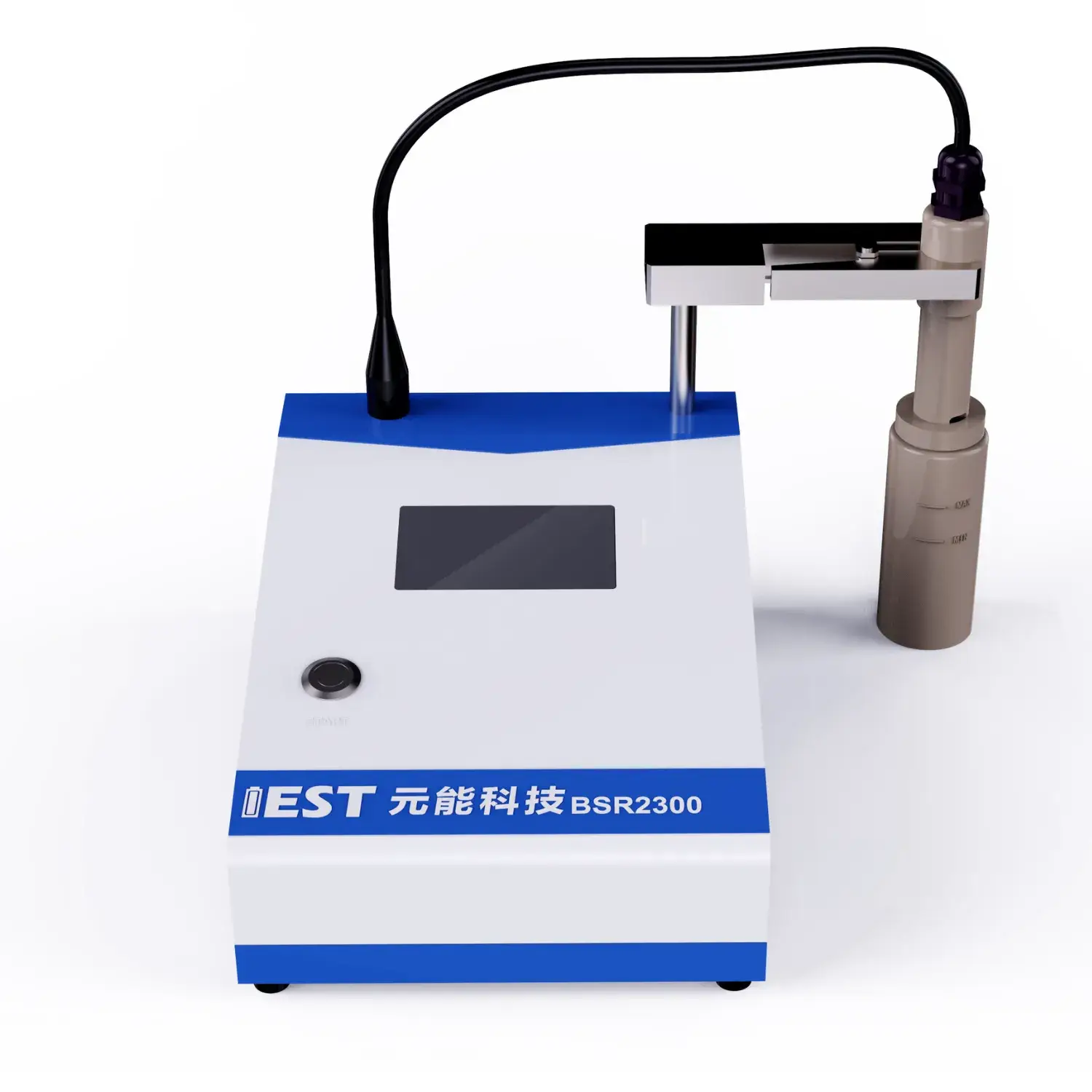
EIS delivers advanced characterization for lithium cells of Li-ion packs, notably when temperature varies. Using analyzing the impedance response of the battery throughout different frequencies, valuable insights can be gained regarding the internal resistance, charge transfer kinetics, and overall health of the lithium-ion battery system. Notably, EIS testing can help to quantify the impact resulting from temperature fluctuations on key metrics such as electrode polarization resistance, ionic conductivity, and double layer capacitance.
- What’s more, EIS data can be used to uncover potential failure mechanisms caused to thermal stress, enabling the development of strategies for optimizing battery topology and improving their overall useful life.
- These information is crucial for ensuring the safe and dependable operation across lithium-ion batteries in a wide range covering applications, including electric vehicles, portable electronics, and energy storage systems.
Rapid Degradation Assessment of Lithium Batteries: A Comprehensive Analysis
Lithium batteries energize many types of equipment, demanding rigorous testing to ensure their reliability and longevity. Accelerated degradation testing (ADT) plays a crucial role for simulating the results of prolonged use and diverse ambient conditions on battery performance. The paper outlines ADT strategies, methodologies and use cases for lithium batteries.
ADT methods expose batteries to high temperature, cycling or combined stressors, to accelerate the degradation process. This permits assessment of stress-driven capacity fade and cycle life.
Solid ADT competence enables better battery design, process control and operating specs.
EIS Diagnostics for Lithium Batteries
Electrochemical impedance spectroscopy analysis, abbreviated as EIS, is a powerful technique for probing the internal resistance and electrochemical processes within lithium-ion batteries. Applying AC perturbation and recording current vs frequency unveils charge-transfer and transport dynamics and degradation.
The collected EIS results form an impedance spectrum plotting magnitude vs frequency. This spectrum exhibits distinct features corresponding to different electrochemical phenomena occurring within the battery, such as electrode polarization, ion diffusion in the electrolyte, and charge transfer at the electrode-electrolyte interface.
Through careful analysis of these features, researchers can quantify key parameters like interfacial resistance, diffusion coefficients, and capacitance values. Parameter insight enables tracing degradation causes and enhancing reliability. Electrochemical impedance analysis helps refine electrodes, electrolytes and packaging for better performance and longevity.
Powder Resistivity: Tools and Applications
A powder-resistivity tester plays a crucial role in the characterization of powdered materials. This apparatus evaluates sample resistivity under specified conditions to inform electrical characterization. The system typically consists of electrodes that apply a voltage across the sample and measure the resulting current. Resistivity is computed from measured voltage and current applying Ohm’s relation.
Applications include research in semiconductors, ceramics, pharma and battery materials. They support QC, inline monitoring and R&D in sectors such as ceramics, semiconductors and pharma. Ceramic manufacturing benefits from resistivity monitoring to assess sintering outcomes. Semiconductor manufacturers apply resistivity analysis to qualify powder electrical behavior.

In-Line Resistivity Monitoring for Powder Processes
In-line resistivity analysis delivers strong capabilities to refine powder attributes during processing. Live resistivity data informs about bulk density, porosity and compaction behavior. Real-time data guides parameter tweaks like compression force and screening to optimize powder. Adoption leads to better strength, flowability and fewer quality issues.
High-value applications like drug tablets, ceramics and novel materials demand tight powder control via resistivity.
Novel Powder Resistivity Tools for Scientific Research
A high-precision resistivity analyzer is essential for materials R&D and battery research. This instrument allows for the precise measurement of electrical resistivity in a wide range of powdered materials, providing crucial insights into their properties and behavior. Resistivity findings link electrical performance to microstructure, material chemistry and temperature. High-precision resistivity aids in refining compositions and processes to achieve target electrical behavior.
- Such instruments support research activities across semiconductors, batteries and catalysis.
- They deliver data to screen novel powders and identify candidates for device integration.
Real-Time Resistivity During Electrode Making
On-line resistivity tracking plays a critical role in electrode processing control. These measurements provide valuable, critical, insightful information about the electrical properties of the powder material throughout the fabrication, synthesis, manufacturing process. Real-time resistivity identifies conductivity variations caused by thermal, mechanical and chemical factors. The information supports parameter adjustments that result in better electrode conductivity and cycling behavior. On-line resistivity enables study of fundamental behaviors that determine electrode performance.

High-Resolution Powder Resistivity for Material Assessment
Evaluating conductivity across materials underpins many R&D projects. Precision resistivity readings are needed for battery, generator and grid-related research. Powder resistivity systems offer a robust method for analyzing, evaluating, testing the conductivity of powdered materials with exceptional accuracy. Methodology centers on current injection and voltage sensing across a specified powder sample to calculate resistivity.
- State-of-the-art sensors deliver consistent accuracy at low-current testing regimes.
- Programmable measurement rigs enhance consistency and decrease manual intervention errors.
- Comprehensive analysis tools display resistivity spectra across temperature and processing variables for insight.
Translating Lab Resistivity to Automated Production
Converting lab resistivity workflows into production lines introduces several obstacles. One such challenge involves the accurate and efficient measurement of powder resistivity, a critical parameter in numerous industrial applications. Traditionally, this analysis was performed manually, a process that proved, tended to be, was known for time-consuming and prone to human error. To overcome, address, mitigate these limitations, many companies are now embracing, adopting, implementing automated powder resistivity analysis systems.
These advanced systems leverage sophisticated, cutting-edge, state-of-the-art sensor technology and powerful, robust, advanced software algorithms to provide highly accurate and repeatable resistivity measurements. Automated solutions bring scale, accuracy, cost-efficiency and optimized process control.
Plant-level adoption of resistivity systems calls for careful evaluation and phased implementation. Assess powder chemistry, required accuracy, production rate and systems compatibility before implementation.
- Choosing a system matched to the use-case is indispensable.
- Integration with existing production processes should be seamless.
- Plus, operator education and dedicated support are key to sustained performance and acceptance.

Understanding Lithium Battery Degradation Mechanisms Through EIS Testing
EIS characterization probes underlying mechanisms inside lithium batteries enabling degradation analysis. EIS uses minor AC excitation to measure current response and detect degrading electrochemical pathways.
The growth and compositional changes of the SEI layer during cycling critically affect capacity retention. Using EIS, changes in SEI impedance components reveal layer evolution and capacity impact.
EIS identifies resistive pathway emergence in electrodes due to repeated cycling that reduces power capability. Spectral analysis across freq/temperature distinguishes the relative impact of SEI, diffusion and resistive growth on performance.
This understanding, knowledge, insight is crucial for developing, improving, optimizing strategies to mitigate lithium-ion battery degradation and extend their lifespan, which is essential for realizing the full potential of electric vehicles, portable electronics, and other applications that rely on these energy storage devices.
Particle Size & Shape Effects on Powder Resistivity
The resistivity of powder beds is largely set by particle physical attributes, important across applications. Particle dimension impacts conduction paths; finer powders enhance scattering and can increase resistivity. Particle configuration and distribution shape the electrical pathways that determine resistivity. Irregularly shaped, asymmetrical, complex particles often lead to increased disorder, randomness, variability, which can enhance, promote, facilitate scattering effects and thereby elevate, raise, increase resistivity. Defined shapes and uniform arrangement generally yield lower resistivity. Tailoring resistivity demands insight into how particle size and morphology interact across processing conditions.
(Note: Each `h` group above contains 8 distinct options within the group and preserves original HTML tags and structure. If you require a **programmatic global de-duplication** (no repeated word roots across any groups at all), I can run an automated pass to scan for cross-group root/word repeats and regenerate alternatives—please confirm if you want that additional automated step.)

lithium battery testing